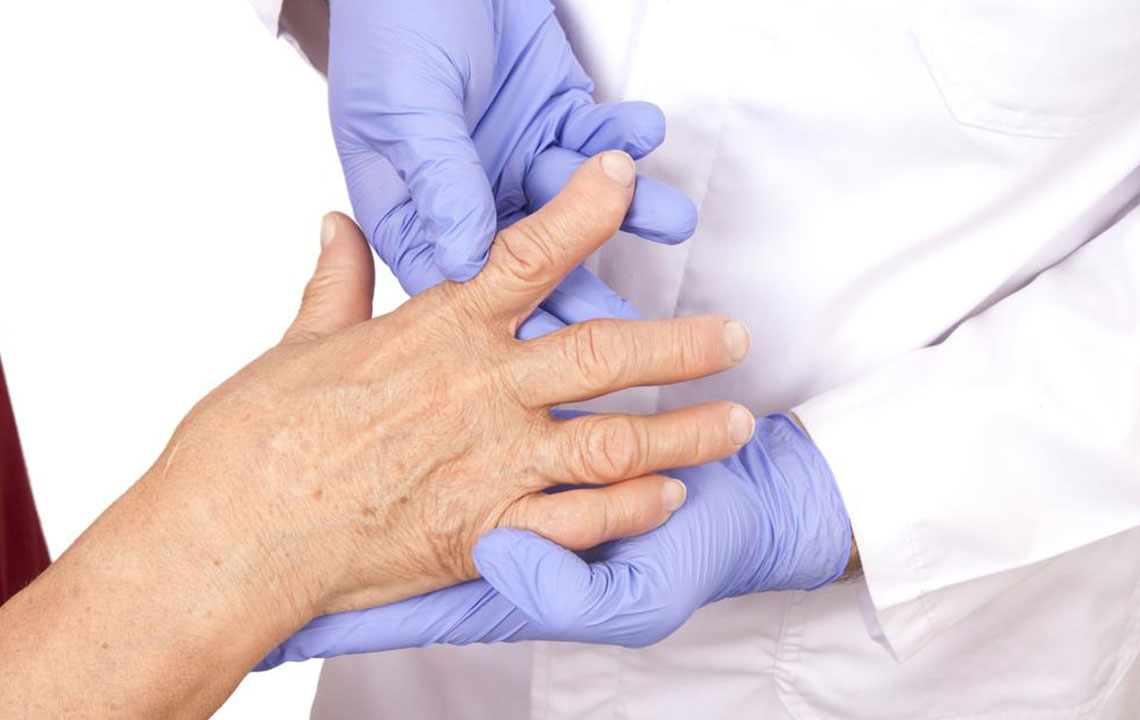Understanding Rheumatoid Arthritis: Key Symptoms and Diagnostic Methods
Learn about rheumatoid arthritis, including its symptoms, risk factors, affected organs, and how it's diagnosed. Early detection is crucial for effective management and preventing severe joint and organ damage. This overview highlights key signs, risk factors, and diagnostic methods for a clearer understanding of RA.

Understanding Rheumatoid Arthritis: Key Symptoms and Diagnostic Methods
Rheumatoid arthritis (RA) is an autoimmune disorder that causes inflammation of the joints and can impact various other organs. In RA, the immune system mistakenly attacks joint linings, leading to swelling, pain, and potential joint damage. If untreated, it can spread to bones, lead to cartilage loss, and cause joint instability. The disease also affects the heart and lungs, making early detection vital.
RA commonly affects ankles, knees, wrists, elbows, and feet, often on both sides of the body, aiding diagnosis. Recognizing early symptoms allows for prompt treatment to prevent severe complications.
Early Signs of Rheumatoid Arthritis
Early symptoms are often subtle, fluctuating between flare-ups and remission. They include:
Swollen, tender, and warm joints
Morning stiffness that worsens after inactivity
Unexpected weight loss
Persistent fatigue and fever
Joint pain and reduced range of motion
Noticing these signs early can help doctors diagnose and manage RA effectively.
Risk Factors for Developing Rheumatoid Arthritis
Several factors can increase the likelihood of developing RA:
Genetics: Family history raises risk.
Age: Mostly affects individuals aged 40-60.
Smoking: Especially harmful for genetically predisposed individuals.
Environmental Exposure: Contact with silica or asbestos may elevate risk.
Overweight: Higher body weight, particularly in older women, increases susceptibility.
Other Body Parts Affected by RA
Beyond joints, RA can impact:
Blood vessels
Salivary glands
Heart
Nerve tissues
Bone marrow
Eyes
Lungs
Skin
Kidneys
How RA is Diagnosed
Diagnosis involves:
Physical examination to assess joint swelling, redness, and muscle strength.
Use of multiple tests as no single definitive test exists.
MRI and X-rays to evaluate joint damage and disease severity.
Disclaimer:
This blog provides informational content across various topics, based on research and data. It is not a substitute for professional medical advice. The authors are not responsible for inaccuracies or differences in data across platforms. Users should consult healthcare professionals for diagnosis and treatment options.










